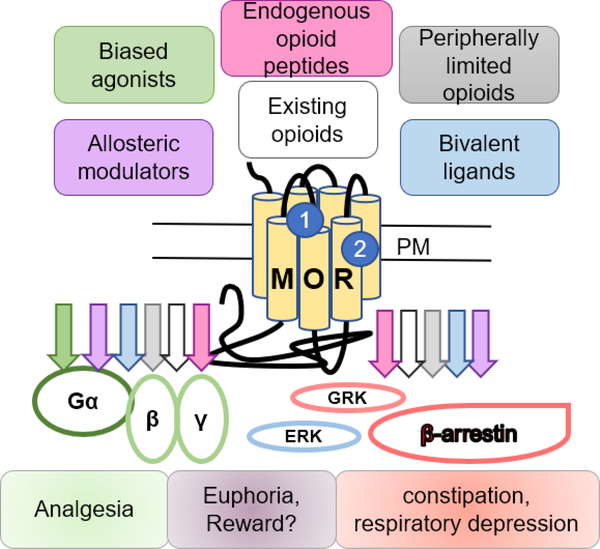Figure 1. Drug discovery strategies targeting mu opioid receptors.
This scheme demonstrates current drug design strategies aimed at improving the safety of painkilling drugs by modulating mu opioid receptor (MOR) activity. The approaches discussed here include biased agonists, peripherally limited opioids, bivalent ligands acting at heteromers, allosteric modulators, and various approaches modulating opioid peptides. Colored arrows indicate potential drug induced signaling and physiological response(s) for each drug strategy. Physiological responses associated with signaling pathways are indicated below in matching colors including G protein mediated analgesia and β-arrestin signaling associated to constipation and respiratory depression however the pathway(s) rewarding properties of opioids remain unassociated to either pathway. Abbreviations: plasma membrane (PM), extracellular regulated kinase ½ (ERKs) and G protein-coupled receptor kinases (GRKs), orthosteric site (1), allosteric site (2). References are from the text.

